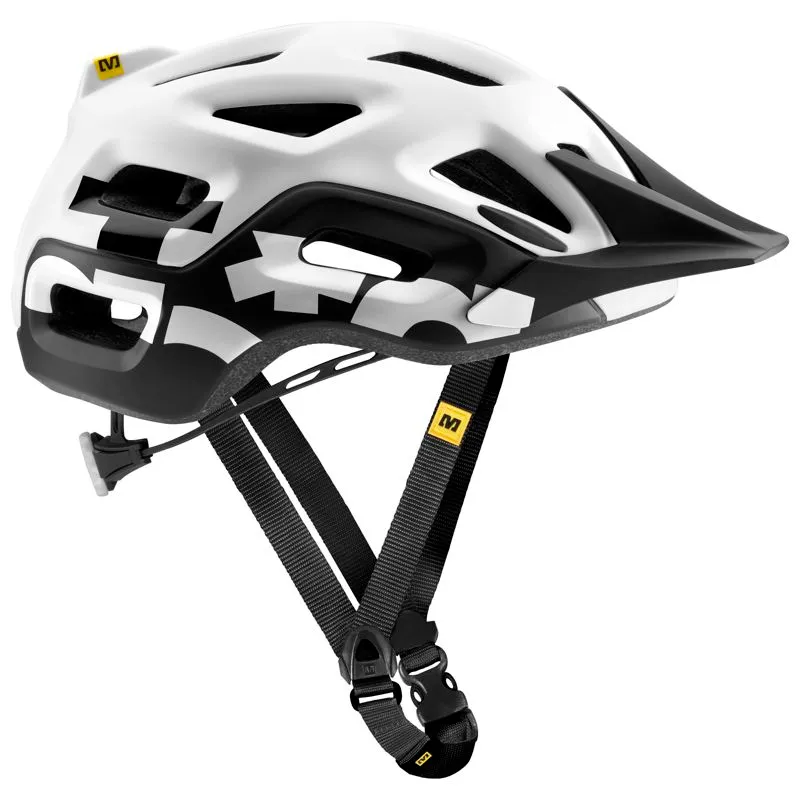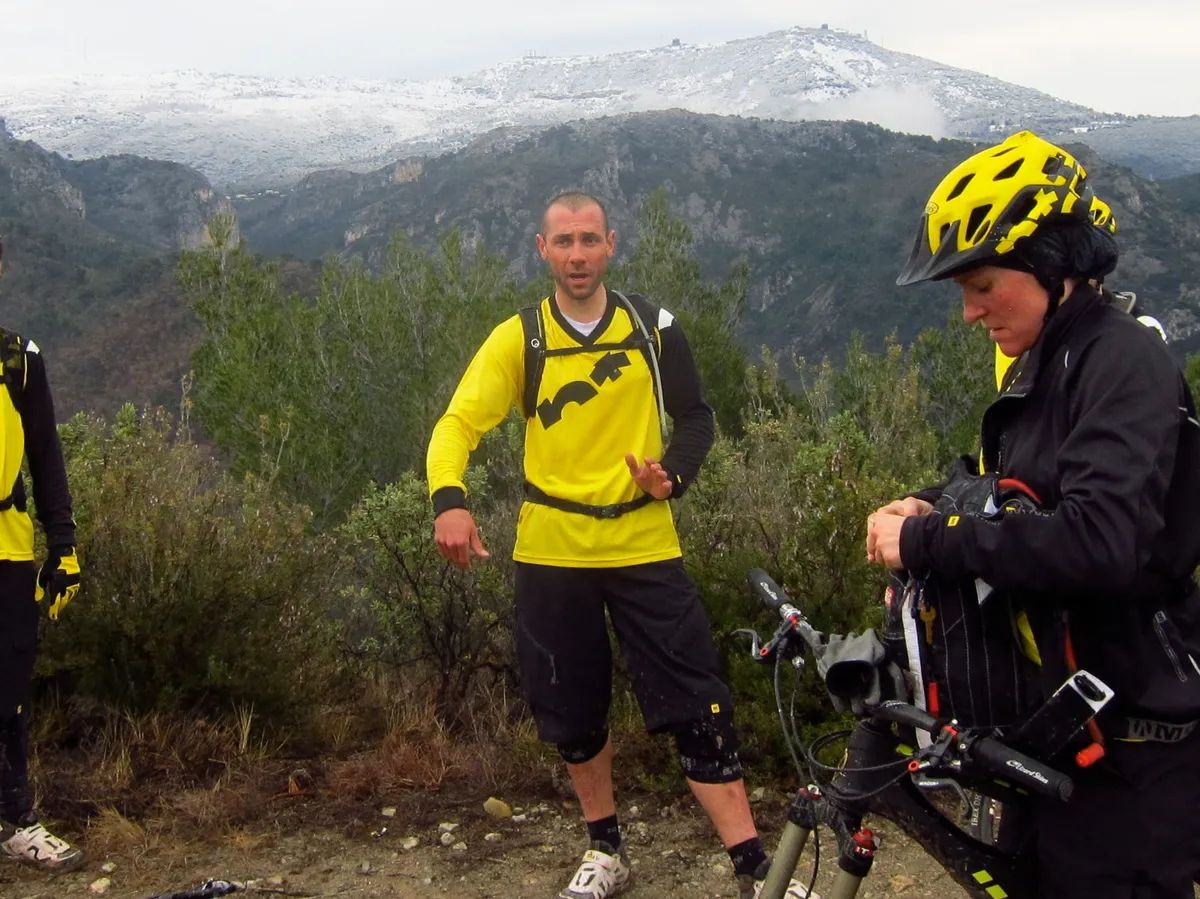Specifically designed for enduro-style riding (read: mountain biking), the new Notch jersey, shorts and helmet sit between Mavic's more technically advanced and racier Altium line and their more casual and affordable Red Rock products. The idea is to go beyond the usual DH style that looks good but lacks the technology for better trail performance.
The Notch range has its technical roots in Mavic's XC and road apparel, with an obvious variation in style that fits the enduro market – literally and figuratively. According to Mavic, the Notch project has been developed with influence from sponsored riders Fabien Barel, Jerome Clementz, and Anne-Caroline Chausson, all of whom will be racing this year's Enduro World Series.
Mavic are the premier sponsor of the Trans-Provence Enduro, so it's not surprising that the French company introduced the new enduro line in the same region as the race itself – with a mini race format, to boot. BikeRadar got the invite and had a chance to see how the new Notch line fares in proper MTB conditions.
Jersey
Style-wise, the Notch jersey is rather simple and straightforward, in a 70s Yamaha motocross jersey kind of way. It features a V-neck, to reduce potential pull while you're wearing a hydration pack, and the semi-perforated polyester material breathes and wicks reasonably well.

Sizing is a bit baggy, if not entirely oversized, with a US Medium fitting much more like a Large or even an XL. As for the logo across the front, Mavic say it's merely a graphic that's used throughout the Notch line as well as on their Crossmax wheels, and doesn't actually spell anything.
Shorts
Borrowing the technology found in Mavic's more XC-specific Stratos, the Notch is in many ways just a longer-cut version – but not too long; Fabien Barel said many leg lengths were tried over months of development to find the perfect compatibility with knee pads.
Unlike the Stratos, the Notch features full-sized belt loops, which is important as there's no other waist adjustment option beyond adding a belt. Another slight variation is that the Notch gets a reinforced, less stretchy material in the crotch and backside, to reduce saddle catch and improve durability.
The outer shorts rode very nicely. As with the jersey, sizing was mostly oversized – our US Medium fit like a L/XL in the shell but the liner's leg openings were too snug to venture out in comfortably, even though there was more than enough room in the shell's legs for our thighs.

The steep, twisty singletrack of the mini Trans-Provence course offered up plenty of opportunities for the shorts to snag on the saddle, but they never did. They also kept wet mud from soaking in, which is especially impressive considering that Mavic don't claim water resistance.
Knee pad compatibility was good, with the leg openings floating cleanly over the tops of the pads. Two zippered pockets and a snap-closured cargo pouch were appreciated, allowing quick and secure ways to stash stuff, while the lightweight mesh liners of the slash pockets didn't interfere with pedalling or breathability.
Helmet
Meeting both US and European helmet safety standards, the Notch lid follows the all-mountain/enduro trend of offering slightly more coverage than a typical XC helmet.
Weighing in at 358g for our Large, the Notch borrows the same retention design found in Mavic's road helmets, but in an updated, lighter incarnation that can be set to any of three head depths for a dialled-in fit.
Chin straps are fully adjustable, and the dual-density padding is antimicrobial to reduce chances of funk. With so much adjustability it was a bit surprising to find a fixed-position visor, but we found no reason to want to adjust it while riding.

Our helmet was easy to set up, too, with all of the tweakable areas being user friendly, including the chin straps and depth adjustment. The retention system looks somewhat flimsy, which might be a good thing as it seems to be flexible enough not to break when the helmet is packed in a bag with other gear – either way, it worked well for the mini Trans-Provence, and didn't get damaged on the trip home.
Goggle compatibility is pretty good, with a flattish spot on the back of the helmet to house a strap, and a little fin offering a great point of reference with which to blindly line the strap up. And, as a bonus, the vents allow a couple of options for holding glasses.
For more information see www.mavic.com.







